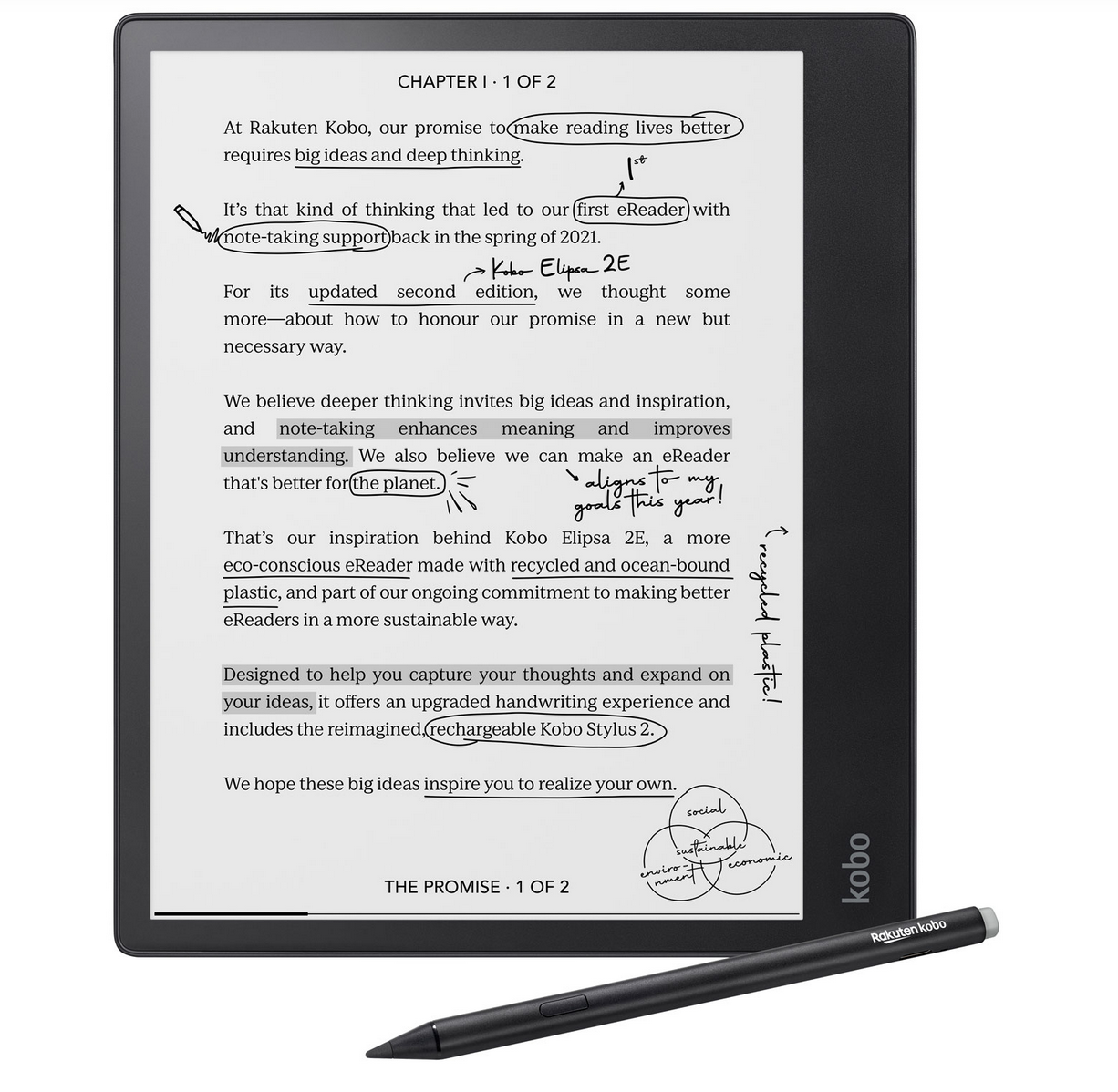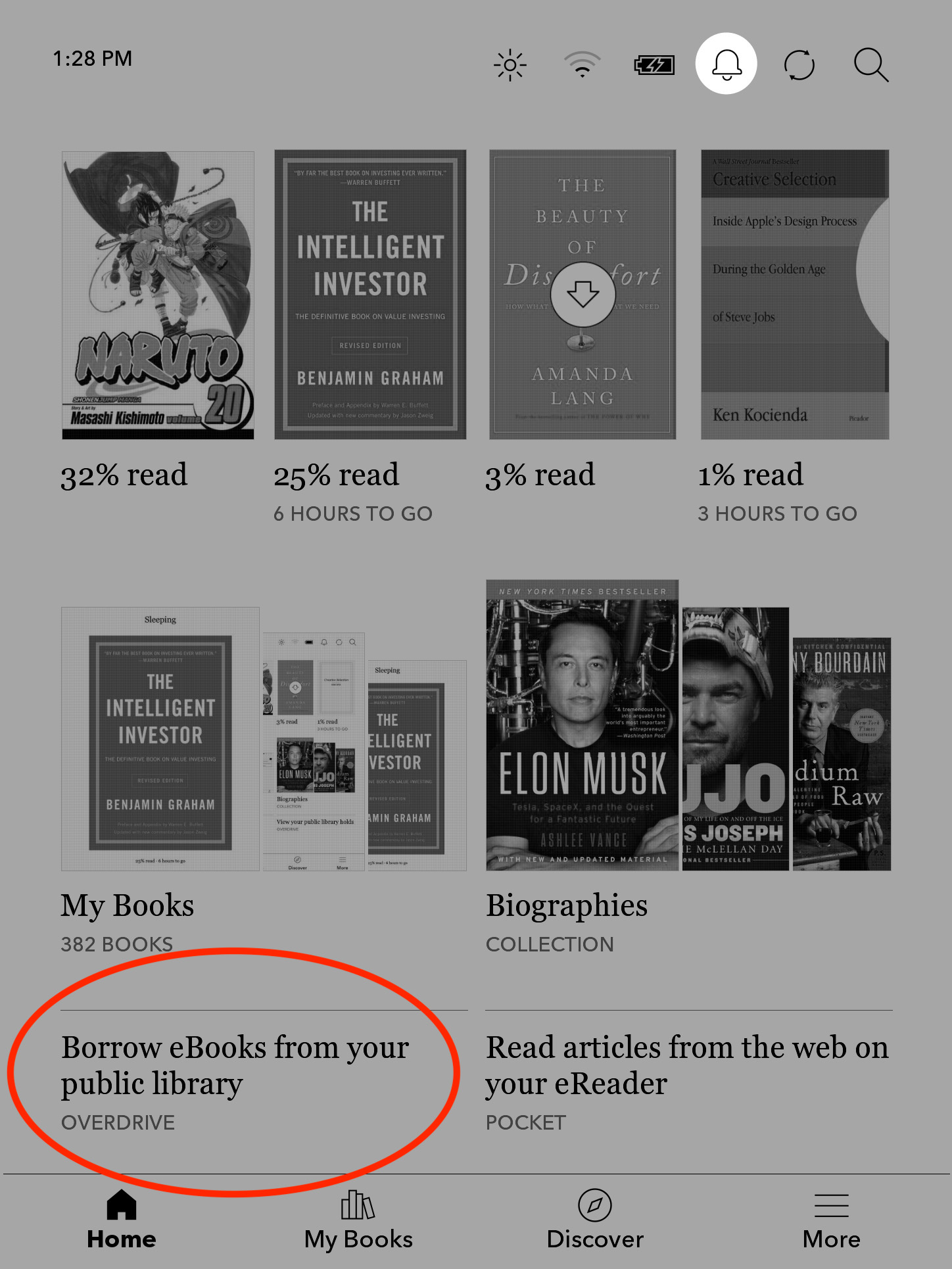
eReaders, which deliver an easy way to access electronic books or eBooks, are transforming educational practices. These devices enable students to download a multitude of reading materials without the need for physical textbooks. Teachers can also curate personalized reading lists, provide interactive lessons, and monitor students’ progress through eReaders. The integration of technology in the classroom is enhancing both teaching and learning experiences; explore how below.
Benefits of eReaders for students

Using eReaders in education offers many advantages:
- Portability allows students to carry an entire library without the weight and space of traditional books.
- Interactive note-taking capabilities foster better organization and comprehension.
- Adjustable visual settings cater to individual reading preferences, creating a more convenient learning experience.
- Accessibility features like text-to-speech and adjustable text and contrast make learning inclusive for students with disabilities.
eReaders serve learners of all ages
eBooks can be adapted to various educational levels. Customizable font sizes and features make them suitable for both younger and lifelong learners, while advanced settings and content cater to higher education needs, such as research and analysis. Schools and universities are integrating eReaders into their curricula to enhance the learning process and fostering better engagement. It allows for dynamic and interactive education that evolves with the student.
Digital textbooks and eLearning platforms
The rise of digital textbooks and eLearning platforms is facilitated by electronic books. Seamless access to interactive content, multimedia, and connectivity with other learners encourages a more engaging learning experience. Integration with eLearning platforms and Learning Management Systems further provide teachers with a variety of tools and methods for instruction and assessment. The synergy between digital textbooks and eReaders is reshaping modern education.
Eco-friendly education with eReaders
Using eReaders supports sustainable learning by reducing paper consumption. Students and teachers become aware of their environmental impact and the ways technology can contribute to a greener future. Educational institutions are also recognizing the eco-friendly nature of these devices. It’s a step towards a more conscious and responsible approach to education.
How eReaders support education institutions
Students aren’t the only ones in the education industry that benefit from eReaders. Because of the variety of content and content sources that eReaders can integrate, all participants of education institutions can take advantage of the versatility of eReaders.
eReaders provide access to libraries and community resources

Libraries are adopting eReaders by offering lending programs and digital resources. It ensures quality content and education is accessible to all, regardless of financial constraints. Collaborations between schools, libraries, and communities provide extensive resources and opportunities for learners. These initiatives support students in ways that extend beyond the traditional classroom environment.
eReaders promote flexible remote learning
In remote and online learning environments, eBooks offer unparalleled flexibility. They enable students to access materials from anywhere, keep track of assignments, and participate in interactive lessons. Teachers can provide real-time feedback and personalized support. It’s a vital tool in the modern educational landscape where remote learning is becoming more common.
eReaders are cost-efficient
Electronic books offer a cost-effective solution for students and educational institutions. By reducing the need for physical textbooks, schools can save on storage, printing, and transportation costs. Students also benefit from affordable access to a diverse library of content. It’s an economically sensible approach that doesn’t compromise educational quality.

The future of eReaders, eReader tablets, and electronic books in education is promising. Continuous innovations and integrations with other technologies are expected to shape education further. As the digital age continues to influence every aspect of our lives, the integration of eReaders into the educational landscape is a natural progression. These devices are not just reshaping how students read and learn; they are also fostering inclusivity, sustainability, and personalized education.
This article was drafted using AI technology and then reviewed, fact-checked, and revised by a member of our editorial team.




